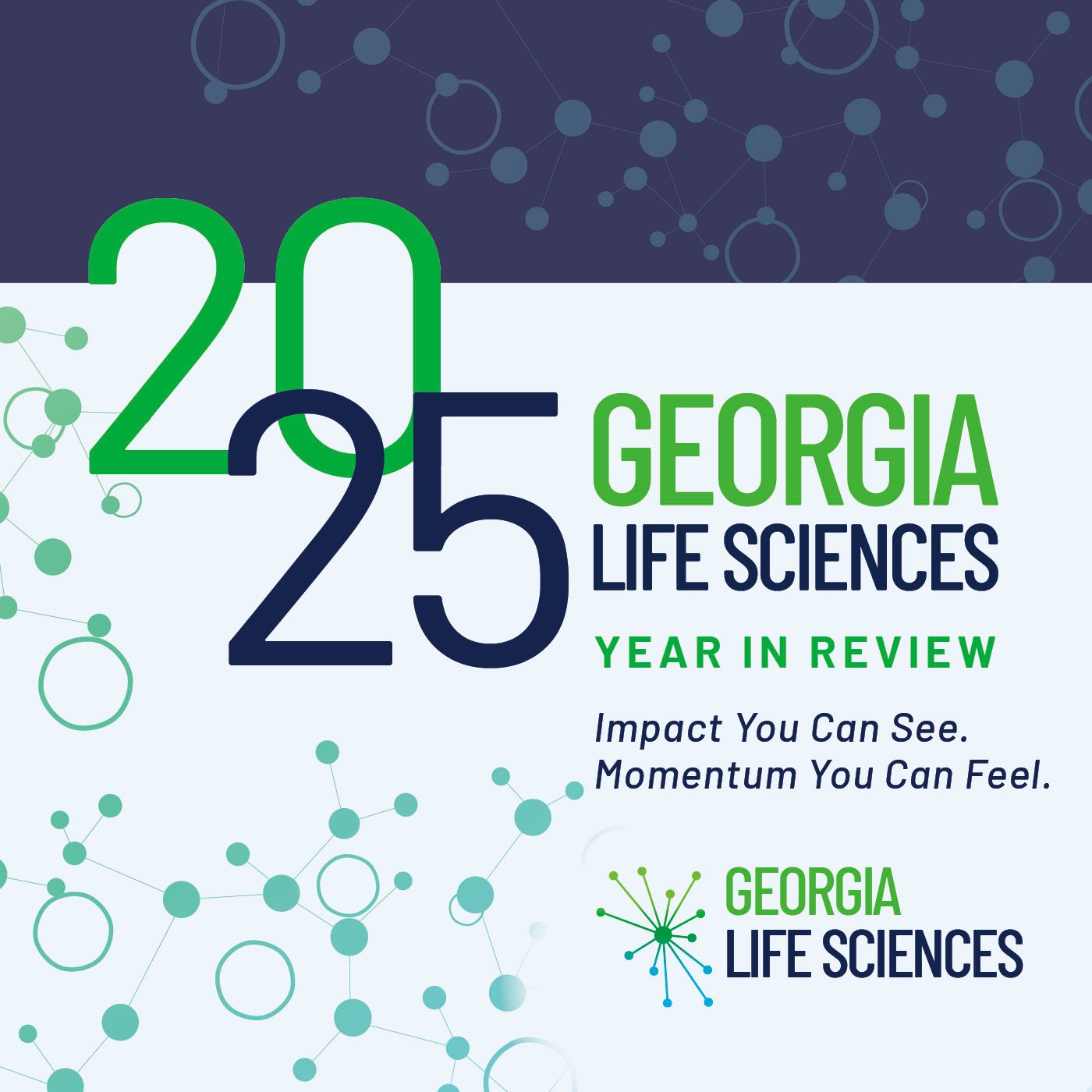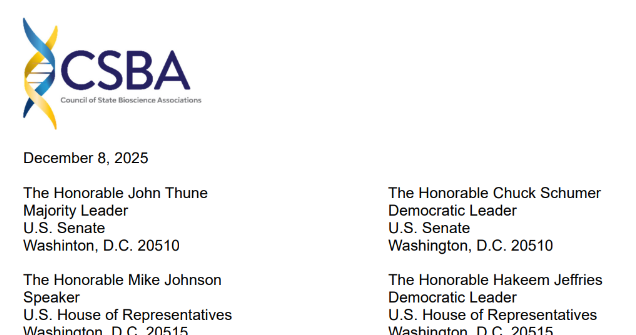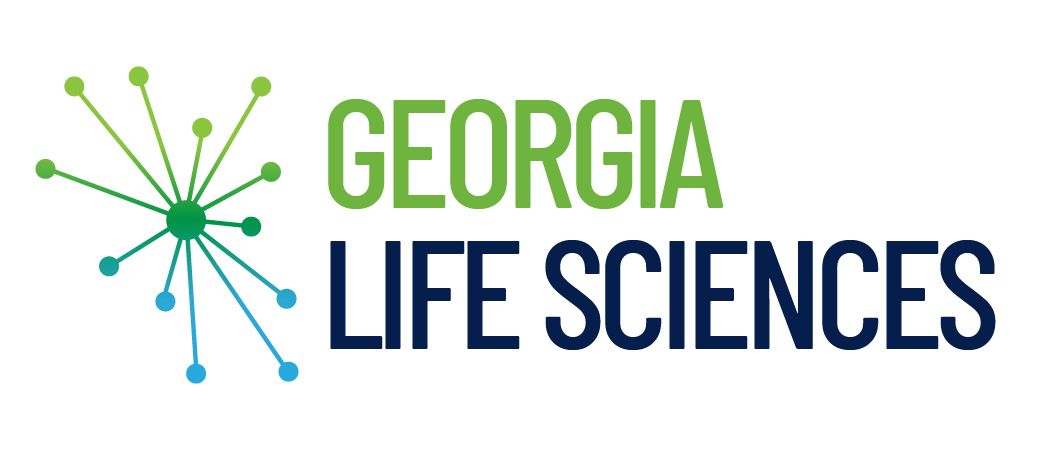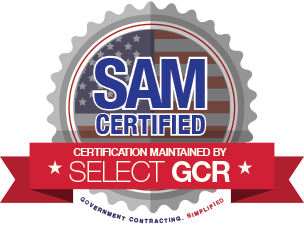Remembering Longtime Community Leader, Lee Herron
Remembering Longtime Community Leader, Lee Herron

Georgia Bio Members & Partners:
It is with a heavy heart that I share with you the sad news that Georgia has lost one of its long-time innovation and entrepreneurship champions with the passing of Dr. Lee Herron last Friday, July 12.
Lee was a dear friend, colleague, mentor, and irreplaceable leader within our community. He retired from Georgia Research Alliance (GRA) in spring 2024 after a 16-year career with the Alliance. Most recently, Lee led GRA’s agricultural technology programs including the Greater Yield initiative. He directed its award-winning venture development program for 15 years, which helped to launch 200+ university-based companies that attracted more than $2 billion in equity investment. A seasoned executive, Lee harnessed his 20 years of entrepreneurial experience to help startups develop sound business strategies. Prior to joining GRA, Lee managed the biosciences division of Georgia Tech’s Advanced Technology Development Center (ATDC), advising early-stage life science companies. Lee served in many community leadership capacities including on the boards of Georgia Bio, Southeast Life Sciences, the Global Center for Medical Innovation’s Industry Advisory Board, the Biolocity Oversight Committee and the NSF Center for Cell Manufacturing Technology’s Commercialization Advisory Board.
I am at a loss to even estimate the vast impact he has had on so many of us not only in a business capacity but also as a wise and caring leader whose warmth and humanity characterized every interaction with him. I encourage you to read the
moving tributes from GRA here, and his protégé,
Ashley Cornelison’s LinkedIn post here. For those that did not know Lee, these tributes help to paint the picture of a brilliant and kind man who will leave an indelible mark on many across our industry.
On a personal note, Lee has been a mentor, sounding board, and friend throughout my 18 years at Georgia Bio. A regular volunteer with Georgia Bio for over 2 decades, Lee would provide his feedback on nominees for our annual awards without hesitation and with his trademark candor; he always jumped to help the organization build its network; and served in various leadership capacities including as chair for our Life Sciences Summit in 2017 (pictured). At the same time, he would remember to ask me about my daughter and remind me to take care of myself. Lee enjoyed and excelled at connecting with people, and his health challenges rarely slowed him down. In looking at my last texts with him from mid-May, he was still committing to providing feedback on our Golden Helix Award nominees and suggesting he introduce me to one of his industry colleagues. I am truly heartbroken. His honesty, humor, and guidance on a personal and professional level will be missed.
Lee was an early recipient of Georgia Bio’s highest honor, the Industry Growth Fellow Award in 2008. Georgia Bio will honor Lee and his legacy at this year’s Georgia Life Sciences Summit on October 22.
Please continue sending your thoughts and prayers for Lee’s wife Rita and the Herron family.
A memorial service will take place this Thursday, July 18.
More here.
With heartfelt sympathy,
Maria
President & CEO
Georgia Bio





